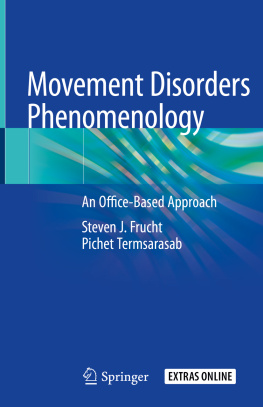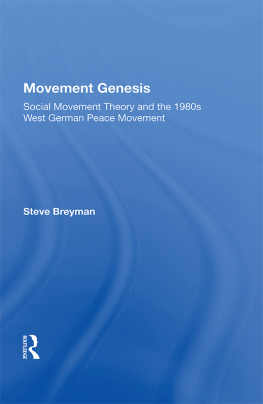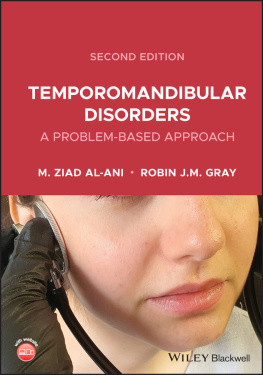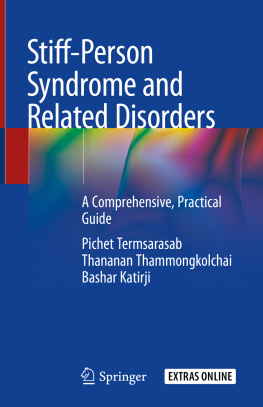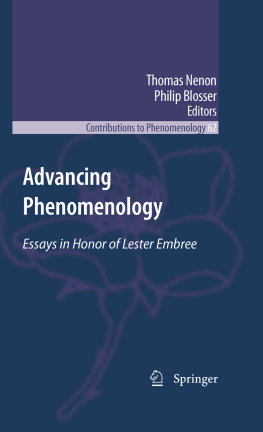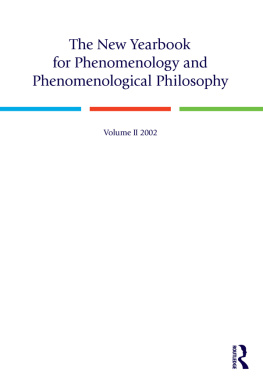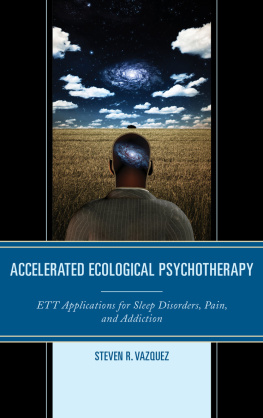STEVEN J.. TERMSARASAB FRUCHT (PICHET.) - Movement Disorders Phenomenology: An Office-Based Approach
Here you can read online STEVEN J.. TERMSARASAB FRUCHT (PICHET.) - Movement Disorders Phenomenology: An Office-Based Approach full text of the book (entire story) in english for free. Download pdf and epub, get meaning, cover and reviews about this ebook. year: 2020, publisher: Springer Nature, genre: Home and family. Description of the work, (preface) as well as reviews are available. Best literature library LitArk.com created for fans of good reading and offers a wide selection of genres:
Romance novel
Science fiction
Adventure
Detective
Science
History
Home and family
Prose
Art
Politics
Computer
Non-fiction
Religion
Business
Children
Humor
Choose a favorite category and find really read worthwhile books. Enjoy immersion in the world of imagination, feel the emotions of the characters or learn something new for yourself, make an fascinating discovery.
- Book:Movement Disorders Phenomenology: An Office-Based Approach
- Author:
- Publisher:Springer Nature
- Genre:
- Year:2020
- Rating:3 / 5
- Favourites:Add to favourites
- Your mark:
- 60
- 1
- 2
- 3
- 4
- 5
Movement Disorders Phenomenology: An Office-Based Approach: summary, description and annotation
We offer to read an annotation, description, summary or preface (depends on what the author of the book "Movement Disorders Phenomenology: An Office-Based Approach" wrote himself). If you haven't found the necessary information about the book — write in the comments, we will try to find it.
Movement Disorders Phenomenology: An Office-Based Approach — read online for free the complete book (whole text) full work
Below is the text of the book, divided by pages. System saving the place of the last page read, allows you to conveniently read the book "Movement Disorders Phenomenology: An Office-Based Approach" online for free, without having to search again every time where you left off. Put a bookmark, and you can go to the page where you finished reading at any time.
Font size:
Interval:
Bookmark:
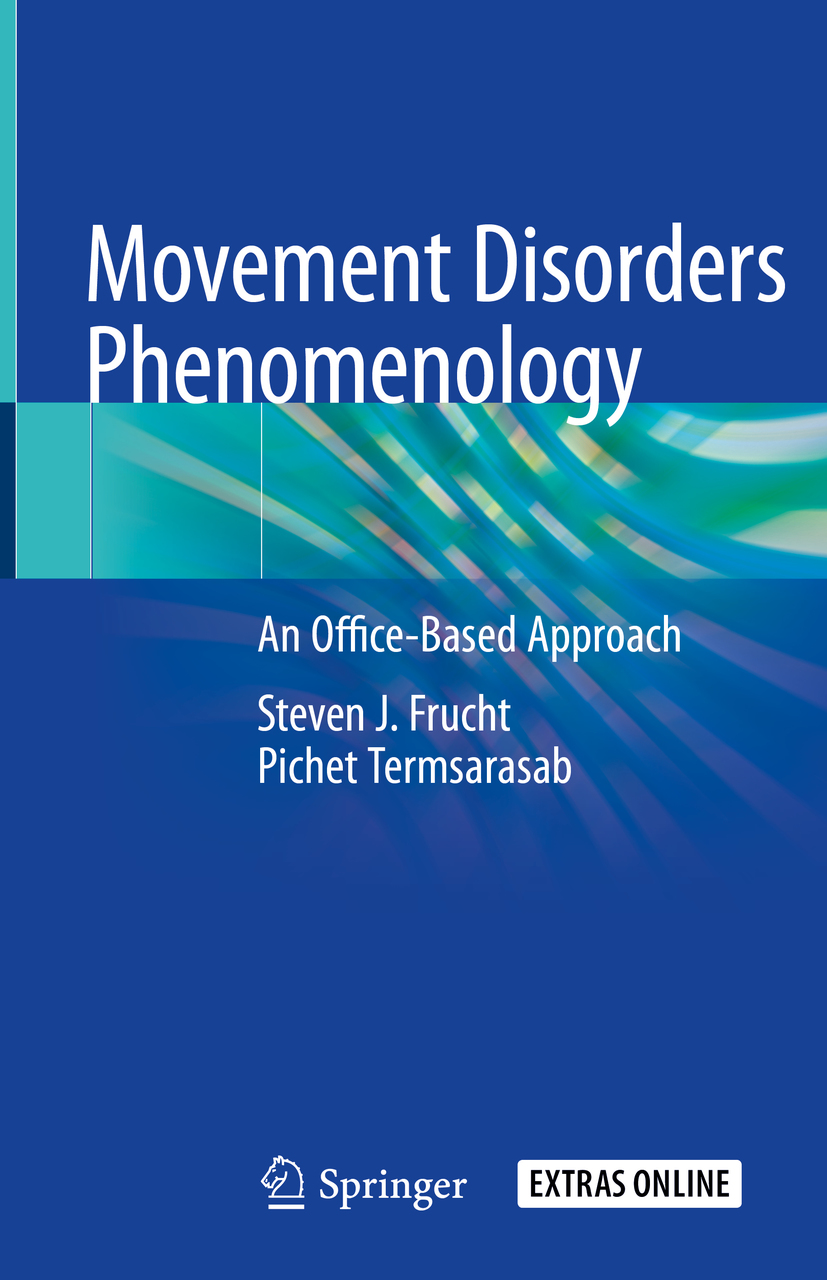

This Springer imprint is published by the registered company Springer Nature Switzerland AG
The registered company address is: Gewerbestrasse 11, 6330 Cham, Switzerland
Without the love and support of our families (for SF, partner Rachel Riggs and daughters Emma, Clare, and Lucy; for PT, partner Ploy, parents Boonreun and Veerachai, and grandma Lung), none of this would have been possible, and it is to them that we dedicate this book.
This book is devoted to the study of movement disorders phenomenology. Many view phenomenology as an anachronism, a relic of bygone days where neurologists obsessed about minutiae of questionable significance. We hope to convince the interested reader that the study and application of phenomenology is meaningful for the patient and their family and critically important for the treating neurologist. Movement disorders phenomenology is an art as well as a science, and many topics in this book stir debate or even outright argument. We hope that the reader will forgive us if their views differ from ours.
This book is organized into the major hypokinetic disorders (Parkinsons disease and atypical parkinsonism), the major hyperkinetic disorders (myoclonus, chorea, tics, tremor, and dystonia), and special topics. Each chapter begins with a history of phenomenology, followed by separate discussions of the phenomenology of the office history and examination. The text was purposely written for the practicing clinician, understanding that clinical experience and judgment lacks the rigor of modern evidence-based medicine. Key points and take-home messages are highlighted in the text with appropriate signals (an antique key for key findings and a lightning bolt for danger areas). We purposely included space for notes after each chapter, hoping that motivated readers would annotate the book with their own thoughts. Examination of the voice, eye movements, gait disorders, and unusual disorders merit individual chapters. Review of modern imaging and genetics completes the text.
Videos are an indispensable resource in movement disordersif a picture is worth a thousand words, then a video is worth a thousand pictures. Fourteen of the 18 chapters contain an accompanying video segment, and more than 600 patients (seen and cared for over two decades) contributed to these montages. Accompanying videos and their legends were edited so that they could be viewed separately from the text. Each patient or their legal guardian signed an approved consent, allowing presentation and publication of their videos for scientific and educational purposes. We are extremely grateful to patients and their families for allowing these de-identified videos to be presented in this book and hope that the readers will respect this trust by refraining from illegally copying or re-distributing these videos.
A carefully performed history and examination form the cornerstone of compassionate, individualized care of the movement disorders patient. If this book helps in some small way to fight against forces that threaten the core values of outpatient neurology in the United States (the obsession with billing documentation in the electronic medical record, the ongoing pressure to shorten office visits to enhance productivity, and the preference for automated checklists and templates over a written narrative), then we will view our efforts as well worthwhile.
Many teachers and mentors contributed to our training and development, and we are very grateful for their encouragement and guidancefor SF, Edward Koo, Fred Hochberg, Martin Samuels, Fred Plum, Jerome Posner, David Eidelberg, Michael Rubin, Arnold Gold, Norman Seiden, Stanley Fahn, Blair Ford, Paul Greene, Robert Burke, Lucien Cote, Karen Marder, Carol Moskowitz, Mark Hallett, Hiroshi Shibasaki, Oliver Sacks, Sophia Vilker, Leon Fleisher, and Glen Estrin; for PT, Bashar Katirji, David Preston, Kristina Simonyan, Kanokwan Boonyapisit, Tumtip Sangruchi, John Leigh, Chanin Limwongse, Supoch Tunlayadechanont, and Teeratorn Pulkes. Generous colleagues and collaborators contributed to the clinical material, including Winona Tse, Ritesh Ramdhani, Paul Greene, Stanley Fahn, Ruth Walker, Miodrag Velickovic, Toni Pearson, Naomi Lubarr, Kristina Simonyan, Andrew Blitzer, Peak Woo, David Simpson, Catherine Cho, Kelly Changizi, and Janet Rucker. We thank Thananan (Ploy) Thammongkolchai for her help with figures and illustrations. We are also grateful to the many residents and fellows who have helped to expertly care for the patients presented herein and to the patients themselves for teaching us about this field.
The seminal contributions of Stanley Fahn and C David Marsden to the study of phenomenology in clinical practice define this books mission and organization. Our personal experience and approach to phenomenology reflect the impact and teachings of two key figures in movement disorders neurology, Paul Greene and Stanley Fahn. If we have failed to follow their guidance, the failure is ours and not theirs.
Font size:
Interval:
Bookmark:
Similar books «Movement Disorders Phenomenology: An Office-Based Approach»
Look at similar books to Movement Disorders Phenomenology: An Office-Based Approach. We have selected literature similar in name and meaning in the hope of providing readers with more options to find new, interesting, not yet read works.
Discussion, reviews of the book Movement Disorders Phenomenology: An Office-Based Approach and just readers' own opinions. Leave your comments, write what you think about the work, its meaning or the main characters. Specify what exactly you liked and what you didn't like, and why you think so.

